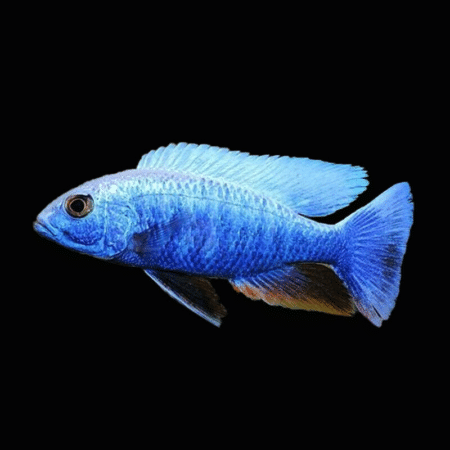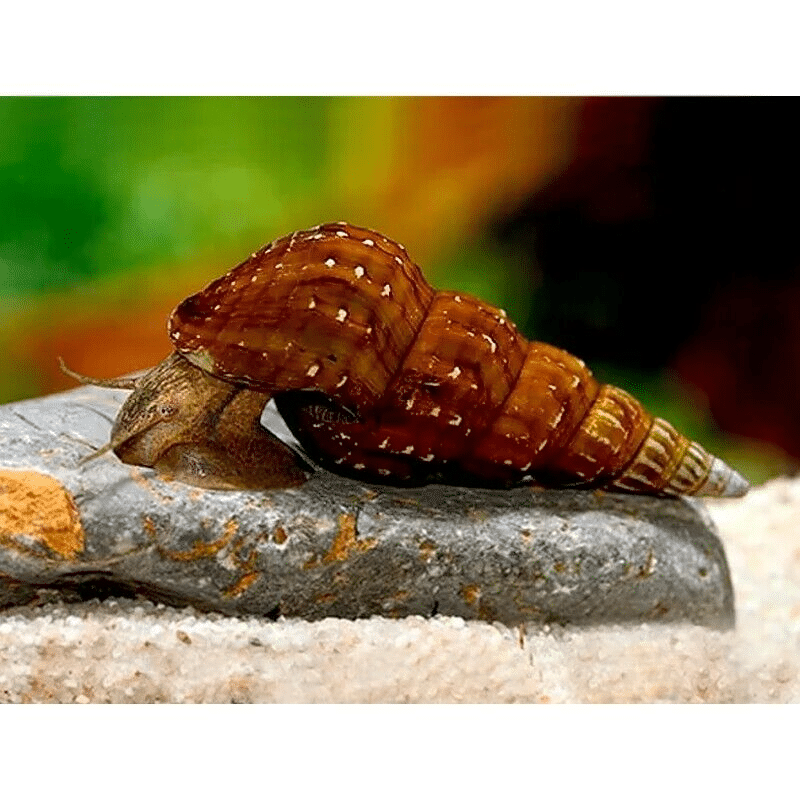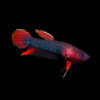To provide the best experiences, we use technologies like cookies to store and/or access device information. Consenting to these technologies will allow us to process data such as browsing behaviour or unique IDs on this site. Not consenting or withdrawing consent, may adversely affect certain features and functions.
The technical storage or access is strictly necessary for the legitimate purpose of enabling the use of a specific service explicitly requested by the subscriber or user, or for the sole purpose of carrying out the transmission of a communication over an electronic communications network.
The technical storage or access is necessary for the legitimate purpose of storing preferences that are not requested by the subscriber or user.
The technical storage or access that is used exclusively for statistical purposes.
The technical storage or access that is used exclusively for anonymous statistical purposes. Without a subpoena, voluntary compliance on the part of your Internet Service Provider, or additional records from a third party, information stored or retrieved for this purpose alone cannot usually be used to identify you.
The technical storage or access is required to create user profiles to send advertising, or to track the user on a website or across several websites for similar marketing purposes.















Emily Carter (verified owner) –
I recently added the Giant Tower Cap Snail – Herculean Snail (Brotia Herculea) to my aquarium, and I can’t express how thrilled I am! This fascinating aquatic gastropod not only looks stunning with its unique spiral shape but also plays a significant role in my tank’s ecosystem. Since introducing it about three weeks ago, I’ve noticed a significant reduction in algae on my glass and decor, which is a huge win for tank maintenance!
I initially considered other snails but found that the Herculean Snail stands out with its larger size and resilient nature, making it perfect for both beginners and seasoned hobbyists like myself. It’s fascinating to watch it glide around the tank, and the way it interacts with my fish is enchanting!
One minor concern was that it took a couple of days to acclimate, but that’s normal. I recommend keeping an eye on your water parameters to ensure a smooth transition. Overall, I’d highly recommend the Giant Tower Cap Snail for anyone looking to enhance their aquarium while also keeping it clean. They are truly a joy to have and contribute to a healthy aquatic environment!